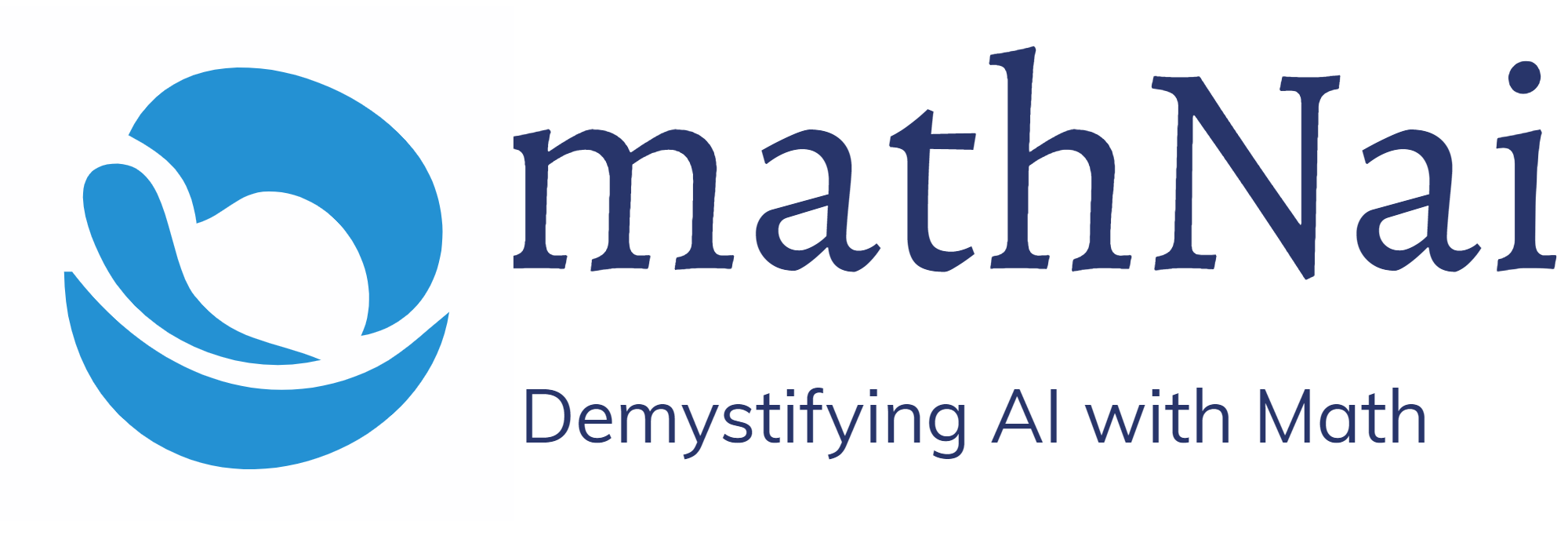PySpark is a powerful tool for processing large datasets, and one of its key features is the ability to perform transformations on those datasets. Transformations in PySpark can be divided into two categories: wide transformations and narrow transformations. In this article, we will explain the difference between wide and narrow transformations in PySpark and provide examples of each.
Table of Contents
Narrow Transformations
Narrow transformations are transformations where the data from one partition is used to generate data for a single partition. Narrow transformations do not require data from other partitions to generate the output, and as a result, they can be executed independently on each partition.
Examples of narrow transformations include map, filter, and union. Here is an example of using map to transform a PySpark RDD:
rdd = sc.parallelize([1, 2, 3, 4, 5])
squared_rdd = rdd.map(lambda x: x*x)In this example, the map transformation takes each element in the RDD and squares it. Because the map transformation only requires data from the current partition to generate the output, it is a narrow transformation.
Wide Transformations
Wide transformations are transformations where the data from multiple partitions is required to generate data for a single partition. Wide transformations require shuffling of data across the network, and as a result, they can be much more expensive than narrow transformations.
Examples of wide transformations include reduceByKey, groupByKey, and join. Here is an example of using reduceByKey to transform a PySpark RDD:
rdd = sc.parallelize([(1, 2), (3, 4), (3, 6)])
sum_rdd = rdd.reduceByKey(lambda a, b: a + b)In this example, the reduceByKey transformation takes an RDD of key-value pairs and aggregates the values for each key. Because the reduceByKey transformation requires data from multiple partitions to generate the output, it is a wide transformation.
Conclusion
In summary, the difference between wide and narrow transformations in PySpark is based on whether the transformation requires data from multiple partitions. Narrow transformations can be executed independently on each partition, while wide transformations require shuffling of data across the network. When designing PySpark workflows, it is important to understand the difference between wide and narrow transformations in order to optimize performance and avoid unnecessary network overhead.
